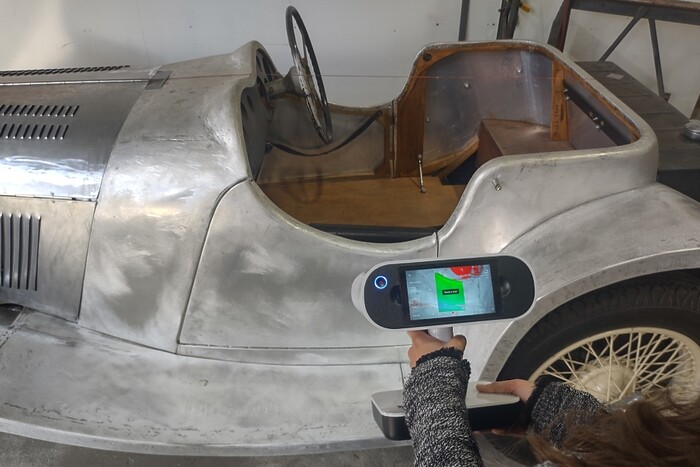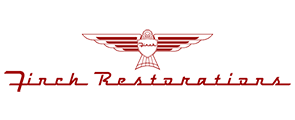Project snapshot
Region
Adelaide Hills
Project contact
Steve Shotton
Regional Development Manager
Alignment with RDA strategy
- Economic development
Region
Adelaide Hills
Project contact
Steve Shotton
Regional Development Manager
Alignment with RDA strategy
- Economic development
Grant Recipient Case Study – 2021 Funding Round
Finch Restorations have been part of the Adelaide Hills landscape since 1988, and today has workshops in Mount Barker and Woodside. Building on decades of shipbuilding experience, proprietor Peter Roberts is using cutting edge technology to support the restoration and recreation of vintage vehicles.
The first goal was to be the only car restoration business in Australia with in-house capabilities to create automotive bucks using 3D laser scanning technology, and to increase the potential for national and international exports from the Adelaide Hills. The secondary goal was to be able to reverse-engineer ‘unobtainium’ parts to support clients’ projects with potential to offer these parts to the global car-enthusiast community.
Technology to buck the trend
Restoring vintage vehicles often requires reproduction of parts that are no longer made and can be incredibly difficult and expensive to source. Machining replacement parts also comes with challenges. Even using 3D CAD software, the design process to input 2D drawings can be time-consuming and expensive.
To trial the outcomes of using 3D scanning software to fast-track the building of automotive bucks, Finch Restorations engaged subcontractors interstate to laser scan a chassis and driveline for a bespoke build of a 1929 Packard Special as part of their research and development stage. From there, they were able to use their 3D CAD software to create detailed designs for the timber framework of the bucks.
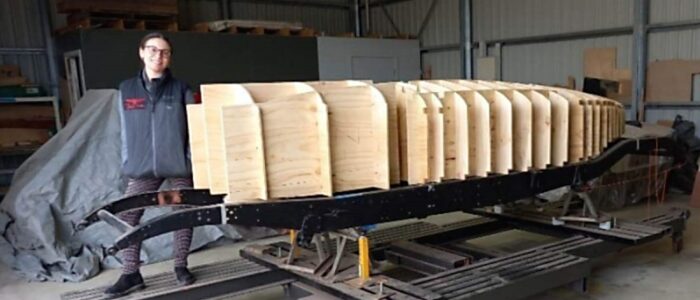
With capacity to fast-track this process generating 3D scans on-site, Finch Restoration could position themselves as a niche operator within the Australian automotive restoration industry. In turn, this could create opportunities to work with organisations such as the National Motor Museum to drive tourism, while also providing greater export potential.
How the Hills and Coast Business Grant was used
After a successful application, Finch Restoration used funds from the Hills & Coast Business Grant to purchase an Artec 3D Leo laser scanner. This small, hand-held device allows their CAD Designer to quickly and easily scan any part of a vehicle to render a 3D model. It is also smart enough to recognise previously scanned components, allowing the operator to complete scans in multiple stages, without significant time lost from trying to align separate scans into one complete rendering.
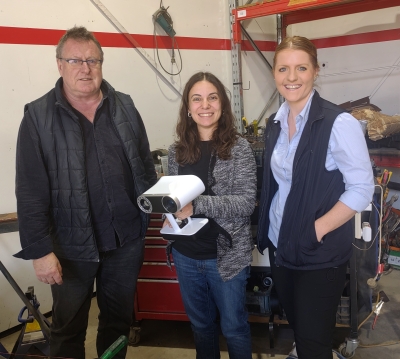
Once scanning is completed, it is uploaded into 3D modelling software, ready to be refined and used to create the physical bucks.
Driving efficiencies upward
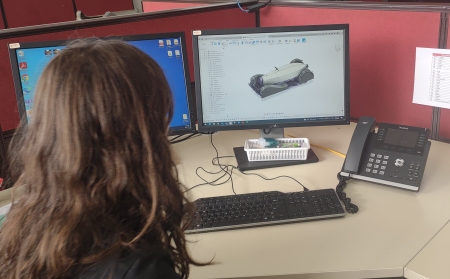
Finch Restoration’s CAD Designer and other staff have undergone training to use the scanner, and while they are still discovering its full potential, they have already realised significant time and efficiency savings.
The accuracy of the scanner also allows more complex and challenging components to be scanned and replicated, providing an opportunity to take on a broader range of client projects to expand their customer base and revenue both in local, national, and international markets.
Feedback on the Hills & Coast grant process
Peter and Harbinda Roberts had already been considering an R&D investment, so coming across the grant in our RDA Business Weekly newsletter provided the incentive to purchase the scanner. While they hadn’t been looking for a grant at the time, they felt it suited their needs and that they could meet the criteria to be successful.
Harbinda found the grant was easy enough to apply for, but felt she could have used a bit of additional time from first seeing the grant in the newsletter to the closing date. In the end, however, it was worth making the time to get the submission in.
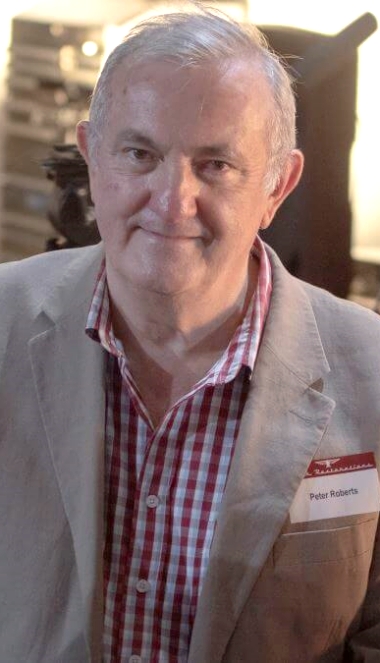
“When looking at a grant, read the criteria and ensure you can meet it.
It takes time to collate the information you need and then write your application, so it’s important to make sure the criteria can be met and the request is for something a little out of the ordinary.”

